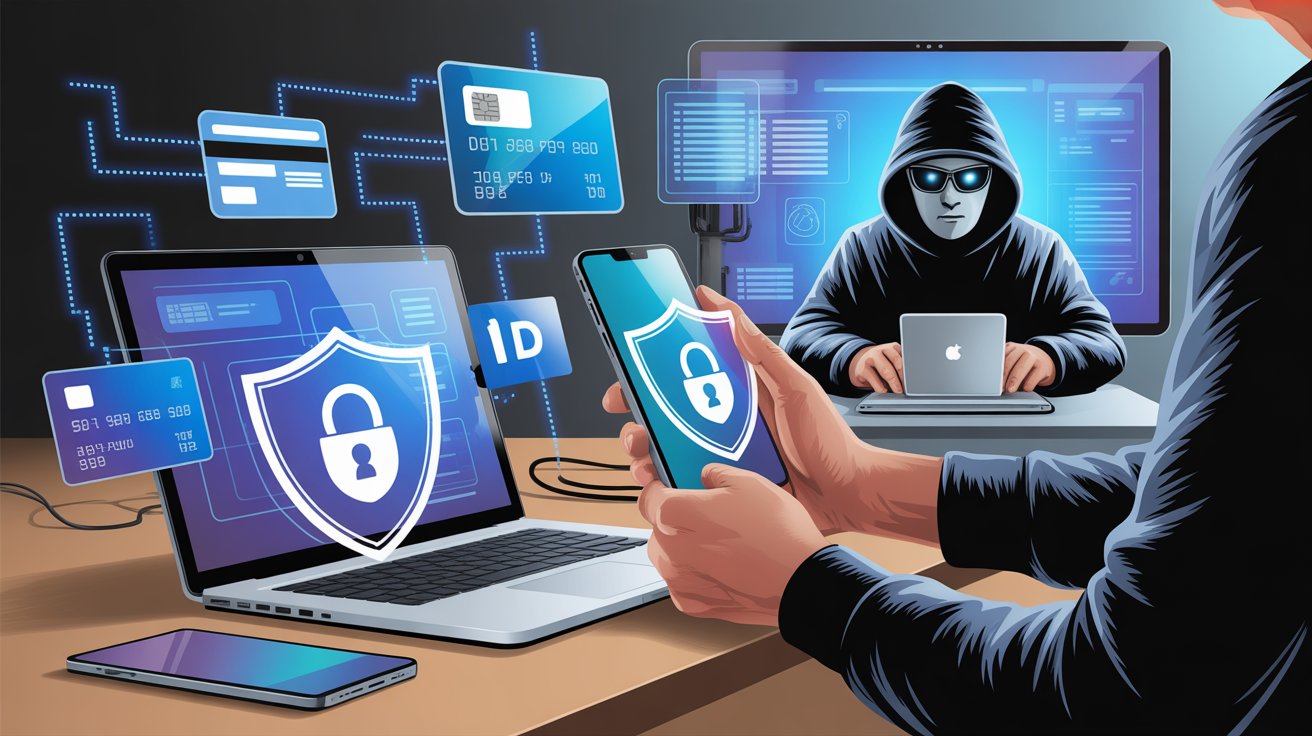
In today’s digital age, identity theft has become a serious concern for individuals and businesses alike. Identity theft occurs when someone illegally obtains and uses another person’s personal information, such as Social Security numbers, bank account details, or credit card information, often for financial gain. Understanding identity theft and taking proactive steps to prevent it is crucial for protecting your finances and personal information online.
Common Forms of Identity Theft
- Financial Identity Theft: Thieves use your personal information to open credit accounts, take out loans, or make unauthorized purchases.
- Medical Identity Theft: Criminals use your identity to obtain medical services or drugs, leaving you with bills or damaged medical records.
- Criminal Identity Theft: Your identity is used when committing crimes, which can result in legal troubles for you.
- Phishing and Online Scams: Emails, fake websites, and social media scams aim to trick you into revealing sensitive information.
Signs You May Be a Victim
- Unexpected charges on your credit card or bank statements.
- Receiving bills for services you didn’t use.
- Denied credit unexpectedly or unusual activity on your credit report.
- Being contacted about debts you don’t owe.
How to Prevent Identity Theft
- Protect Your Personal Information: Avoid sharing sensitive information like Social Security numbers or banking details unnecessarily.
- Use Strong Passwords: Create complex passwords and use two-factor authentication for online accounts.
- Monitor Your Accounts Regularly: Check bank statements, credit card activity, and credit reports frequently.
- Be Wary of Phishing Attempts: Do not click on suspicious links or provide personal information to unknown sources.
- Shred Sensitive Documents: Physically destroy documents containing personal information before disposal.
- Secure Devices and Networks: Use antivirus software and secure Wi-Fi connections to prevent hacking.
Taking these precautions can significantly reduce your risk of becoming a victim of identity theft. Staying informed, vigilant, and proactive is your best defense in protecting your personal and financial information.
identity theft, how to prevent identity theft, online security, personal information protection, financial security, cybersecurity tips, phishing scams, credit monitoring, data protection, digital safety